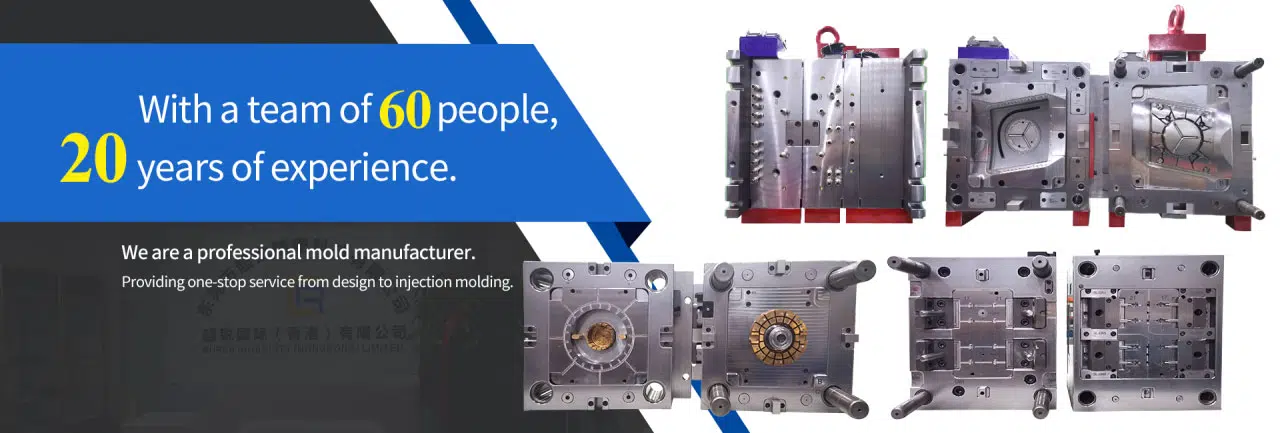Vacuum Casting Process in Manufacturing

# Vacuum Casting Process in Manufacturing
## Introduction to Vacuum Casting
Vacuum casting is a versatile manufacturing process widely used for producing high-quality plastic and rubber parts. This technique is particularly valuable for creating prototypes, small production runs, and complex components that require excellent surface finish and dimensional accuracy.
## How Vacuum Casting Works
The vacuum casting process involves several key steps:
1. Master pattern creation
2. Silicone mold making
3. Resin preparation and degassing
4. Casting under vacuum
5. Curing and demolding
Step 1: Master Pattern Creation
The process begins with creating a master pattern, typically using CNC machining or 3D printing. This pattern serves as the original model from which the silicone mold will be made.
Step 2: Silicone Mold Making
A two-part silicone rubber is poured around the master pattern and cured to create a flexible mold. The mold captures all the details of the original pattern with high precision.
## Advantages of Vacuum Casting
Vacuum casting offers numerous benefits for manufacturers:
- Cost-effective for small to medium production runs
- Excellent surface finish quality
- Ability to reproduce complex geometries
- Wide range of material options
- Fast turnaround times compared to traditional manufacturing
## Applications of Vacuum Casting
This manufacturing process finds applications across various industries:
Automotive Industry
Used for creating interior components, dashboard prototypes, and functional testing parts.
Medical Devices
Ideal for producing surgical instrument prototypes and medical equipment housings.
Consumer Electronics
Commonly employed for making casings, buttons, and other plastic components.
## Material Options in Vacuum Casting
Vacuum casting supports a wide variety of polyurethane resins that can simulate different engineering plastics:
| Resin Type | Properties | Applications |
|---|---|---|
| ABS-like | Good impact resistance, toughness | Housings, enclosures |
| PP-like | Flexible, chemical resistant | Living hinges, containers |
| PC-like | High temperature resistance | Automotive components |
## Quality Considerations
To ensure optimal results in vacuum casting, manufacturers must pay attention to:
Mold Design: Proper gating and venting systems are crucial for complete mold filling.
Vacuum Level: Sufficient vacuum is needed to eliminate air bubbles from the resin.
Curing Conditions: Temperature and humidity control during curing affects final part properties.
## Future of Vacuum Casting
As manufacturing technologies evolve, vacuum casting continues to improve with:
- Development of new resin materials with enhanced properties
- Integration with digital design and simulation tools
- Automation of certain process steps for increased consistency
The vacuum casting process remains a valuable tool in modern manufacturing, bridging the gap between prototyping and mass production while offering flexibility and cost-efficiency for specialized applications.